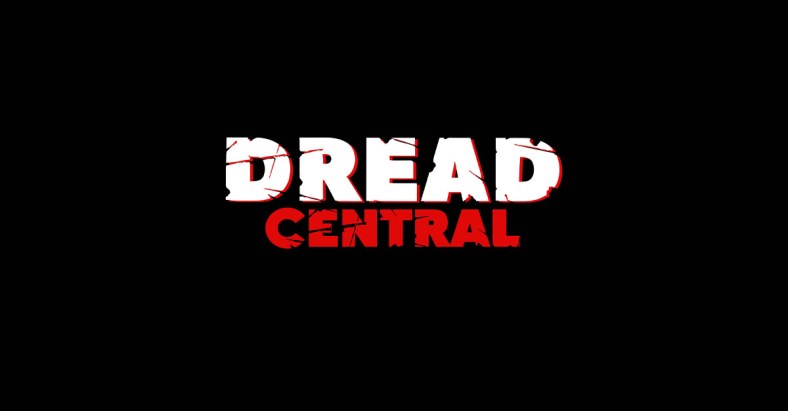Director Ed Gass-Donnelly Talks Lavender

After a somewhat tumultuous experience in the studio system with The Last Exorcism Part II (co-written by this year’s Best Director Oscar winner Damien Chazelle, by the way), Ed Gass-Donnelly got the opportunity to make a more character-driven, somewhat genre-defying story in Lavender.
There are moments of quiet beauty in this unconventional ghost story that show an artist’s eye, but speaking with Gass-Donnelly about the film, he seems incredibly grounded with the potential to be a great filmmaker.
Lavender (review), starring Abbie Cornish, Dermot Mulroney, Diego Klattenhoff, and Justin Long, is available in limited theaters and on VOD and Digital HD now.
DC: What’s the meaning behind the title Lavender?
EGD: It was more appropriate to the tone of the movie. This is definitely not like a… not a diss to them, but a Blumhouse movie. It’s more of a psychological thriller and a character piece. There were suggestions to change the name to something more traditionally horror… but this actually stands out more. If you would have called this something like that, it would be false advertising.
DC: Is there a film you’d compare Lavender to so viewers can have an idea of what to expect from the feel of the film?
EGD: A movie that definitely inspired me… they’re very different, but it was The Others. And the reason being it’s fundamentally a psychological thriller with supernatural elements, but it’s such a strong character piece with great performances. There are certain tropes of the genre so, for me, what I love so much about The Others is I one hundred percent believe, and I found it really constantly creepy but fundamentally just such a great character story. It has to be grounded in people for me to actually invest.
DC: The beginning really grabbed me with the tableau vivant style you used to depict the central tragedy. Was that your way of showing the power of memory? (I won’t mention the mannequin challenge.)
EGD: Because she’s a photographer, I loved the idea that memories are photographs and that the memories are frozen in time. It really was like trying to have a walk through a photograph as a means of exploring memory.
DC: With Abbie, Dermot, and Justin’s characters, they do a great job of seeming fairly innocuous to being creepy at different points in the film. I was surprised how creepy Abbie is in some of the scenes as Jane.
EGD: If you cast someone that just looks creepy, there’s not really any surprise there. It was always important that whoever was going to play Justin’s character was going to have to be someone who’s not known for playing that. Especially in this genre, people are always looking to solve the puzzle so you’re trying to bait people one way and you’re always layering the deception you’re trying to do. You’re trying to keep your cards close to the vest. It’s a fun sort of dance to try and offer up red herrings, but at the same time you want to deliver. I find that part really fun…
DC: What’s the main takeaway you want people to get from Lavender?
EGD: There’s something about having to embrace our demons in order to move past them. If you’re metaphorically sweeping them under a rug, they’re just lying there festering waiting to come out. I definitely had a friend who suffered abuse as a child and had no memory of it until a point much later in their life when it suddenly came back. It was just kind of the bodies way of protecting itself. Confronting your issues is far better than burying them forever.
Synopsis:
When a photographer (Cornish) suffers severe memory loss after a traumatic accident, strange clues amongst her photos suggest she may be responsible for the deaths of family members she never knew she had. A psychiatrist helps her recover lost memories.

Categorized:News

